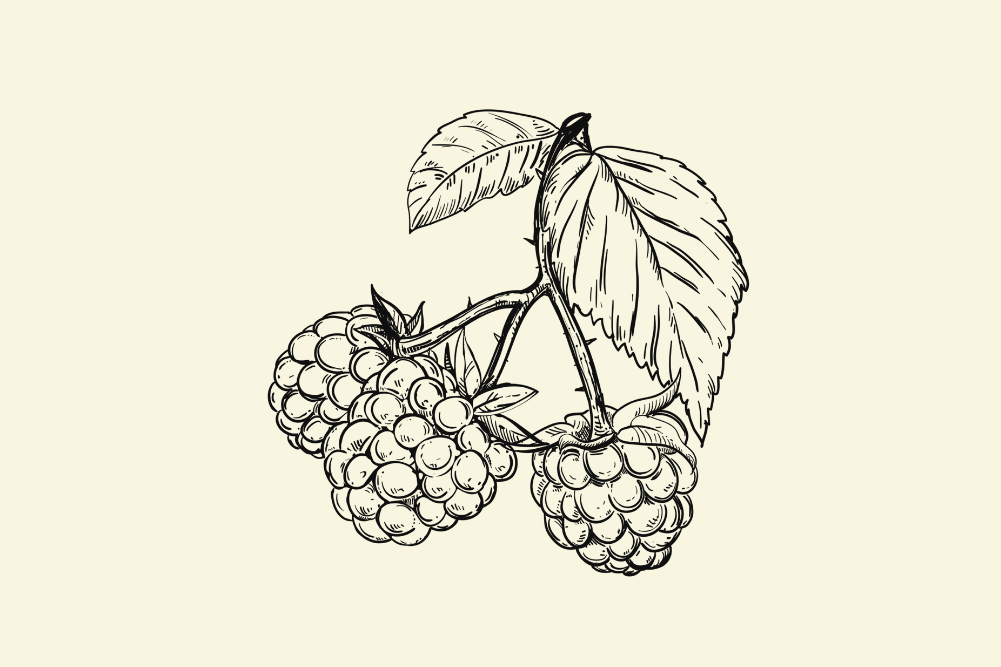How to heal with cranberry
Cranberries (Vaccinium macrocarpon) are native to North America and parts of northern Europe and are an evergreen shrub related to the blueberry. The cranberry fruit is red-black and when ripe is harvested for both its medicinal and commercial benefits.
Since the 1980s there has been growing public interest in the cranberry as a functional food due to the health advantages associated with the phytochemicals found in the fruit. Among the more studied of these phytochemicals is the proanthocyanidins, which have been shown to have potent anti-adhesion properties against Escherichia coli (E. coli), the most common form of bacteria causing urinary tract infections.
Traditionally, cranberry was used by Native Americans as a fabric dye and to treat bladder and kidney diseases. Later, North American pilgrims named the fruit “crane berry†as the stem and flower resembled the head, neck and beak of a crane. These early settlers learned to use the cranberry for health complaints such as loss of appetite, digestive issues, blood disorders and scurvy (caused by vitamin C deficiency).
Originally, science concluded that cranberries worked by lowering the pH in urine (making it more acidic), which in turn killed off any bacterial infection. More recent research has revealed that the proanthocyanidins found in cranberries actually prevent bacteria, particularly E. coli from adhering to the walls of the urinary tract.
Studies have additionally shown that proanthocyanidins in cranberries are not destroyed in the gut but are absorbed into the bloodstream and transported intact in urine, reinforcing cranberry’s health benefits.
Medicinal uses
Urinary tract infections (UTIs)
Urinary tract infections (UTIs), which are infections of the lower urinary tract (urethra and bladder), are the second most common infection (preceded only by respiratory infections) in Australia. One in three women under 50 is likely to get a UTI compared with one in 20 men. However, UTIs increase in prevalence with age; for those aged 65 and over, the rate of UTI in men is closer to two-thirds that in women.
Distressingly, UTIs can chronically recur — 20 per cent of women who have one infection will have another and of this group 30 per cent will have a third recurrence. In other words, the more infections one has had, the more likely another will occur. Unalleviated UTIs have the potential to lead to more severe infections of the bladder and kidneys.
UTIs arise from an overabundance of one type of bacteria — Escherichia coli (E. coli), which attaches itself to cells lining the urinary tract. Bacterial adherence to these cells is a critical step in the development of a UTI. Symptoms of E coli infection in the urinary tract may include a frequent need to urinate, pain or burning sensation on urination, difficulty urinating, bloody or cloudy urine, fever, vomiting and fatigue.
Conventionally, UTIs are treated with antibiotics, but some E. coli strains are resistant to commonly prescribed antibiotics. It’s desirable therefore to seek alternative and additional methods of prevention and treatment of simple UTIs.
Two constituents of cranberries have been shown to inhibit the adherence of E. coli to cells of the urinary tract: fructose, which likely doesn’t survive absorption and digestion to get to the urinary bladder; and proanthocyanidins, which do survive digestion to enter intact into the bloodstream and urine. Research indicates cranberry is effective in preventing symptomatic UTIs, particularly in women who have recurring UTIs. Compared with no intervention, cranberries reduce the risk of developing a UTI in women who have had a history of recurring infections.
Cranberry is much less effective against E. coli once it has adhered to urinary tract cells, however, so its strength is in its ability to prevent rather than treat UTIs.
Amazing antioxidant
Cranberry is a fruit high in antioxidant activity, again partly from its proanthocyanidin content. Similar to red wine, cranberry juice or supplements high in the relevant constituents have been shown to inhibit oxidation of low-density lipoproteins (LDLs), the so-called “bad†cholesterol implicated in illnesses such as cardiovascular disease.
Stomach ulcers
In potentially exciting research, early studies indicate that cranberries inhibit adhesion of Helicobacter pylori (H. pylori) to human gastric (stomach) cells. H. pylori is the nasty bacteria that causes the vast majority of stomach ulcers.
A word of caution
Individuals on warfarin are advised to consult a practitioner before consumption of cranberry supplements due to anecdotal reports that cranberry may interact with this medicine. Cranberries are high in oxalic acid, a substance that should be avoided by individuals who have calcium oxalate kidney stones.
Cranberry comes in many forms
- Cranberries have been found effective in the form of pure juice, sugared juice drinks, capsules and tableted extracts.
- Up to 45g of cranberries bought fresh or frozen can be eaten per day.
- Unsweetened cranberry juice is almost unpalatable, but if you can stomach it, 90mL of pure juice a day is advised.
- Cranberry juice drink comprises single-strength cranberry juice, sweetener, water and vitamin C (look for a brand that has the lowest amount of added sugar) and, while it is more drinkable, you need to consume more — about 295mL a day.
- Cranberry also comes in concentrated tablets and capsules (300–400mg). The suggested dosage range is 800mg–2400mg a day.
Side-effects from cranberry are rare, but if they do occur they are mostly mild and reversible. These include a bitter taste in the mouth, gastrointestinal symptoms and nausea.







